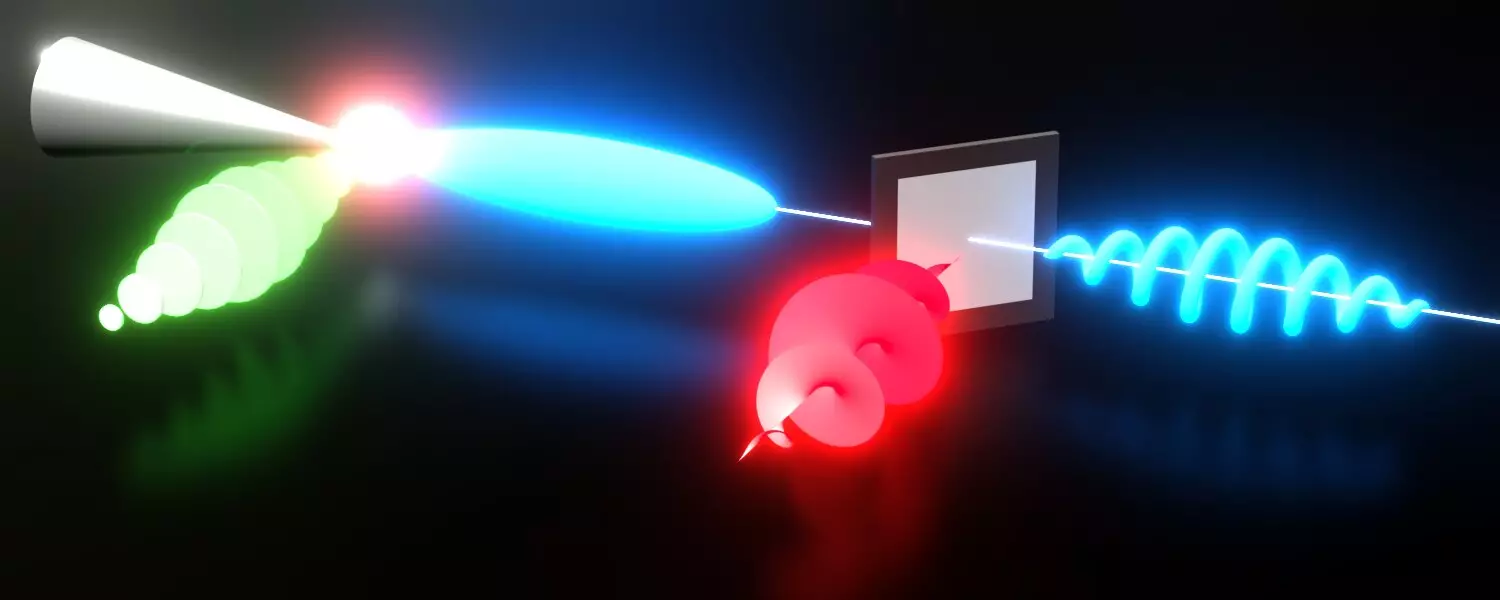Chirality is a fascinating and oft-overlooked phenomenon in both physics and chemistry, defining how certain patterns, objects, and particles are asymmetrical. To put it simply, it’s like comparing your left hand to your right; despite their seemingly identical structure, they cannot be superimposed onto one another. Such fundamental differences hold significant implications across various disciplines, including biology, where left-handed and right-handed molecules can dramatically influence a drug’s effectiveness. Recently, scientists at the University of Konstanz have ventured into pioneering territory by imprinting a unique three-dimensional chirality onto the wave function of a single electron, leading to profound implications for the quantum realm.
Breaking New Ground in Particle Physics
For years, the scientific community has longed to delve deeper into the intricacies of elementary particles. Their intrinsic properties, notably chirality, have historically governed the behavior and interactions of these particles under various conditions. As electrons are a cornerstone of understanding quantum mechanics, achieving the ability to create chiral configurations in their wave functions is nothing short of revolutionary. The researchers at Konstanz employed a combination of advanced laser techniques and a sophisticated ultrafast transmission electron microscope to mold the matter wave of electrons into chiral forms. This method not only marks a pivotal discovery in quantum physics but also lays the groundwork for novel applications in technology and research.
Innovation Through Advanced Techniques
Achieving chirality in electrons required an ingenious approach. By utilizing femtosecond pulses of electrons and combining them with meticulously controlled laser waves featuring spiral electric fields, researchers manipulated the electrons’ trajectories and shaped their mass and charge into chiral coils. This innovative process marks a distinct shift from traditional methods, which often limit cells to their spin properties. Here, the magnetic interactions typically associated with electron spin were left behind as scientists focused on geometrical configurations that could lead to practical applications. The employment of silicon nitride membranes further facilitated energy conservation during this complex interaction, allowing a dynamic blend of laser light and electron waves to create an entirely new class of electron behavior.
The Diverse Implications of Chiral Electrons
The ability to dictate the chirality of electrons introduces myriad possibilities, touching near every facet of physics, technology, and even medicine. Chiral objects are crucial in molecular biology, as they can determine the biological efficacy of drugs. Now, with the capacity to create chiral electrons, researchers may explore how these engineered particles can influence reactions at a quantum level. Applications in quantum optics, for instance, promise advancements in chiral sensors and electron-optical tweezers, expanding our toolkit for manipulating delicate quantum states.
Moreover, as the study indicated, the interaction between these chiral electrons and materials, such as gold nanoparticles, reveals how elementary particles can maintain chirality while scattering through other chiral forms. This phenomenon could motivate a rethink of existing theories in particle physics by providing new ways to examine how particles interact at various energy levels and geometries.
The Road Ahead: Uncharted Territory in Quantum Exploration
Looking forward, the research conducted by the University of Konstanz opens up an expansive realm of inquiry into chirality beyond electrons. The implications stretch into the cosmos, raising questions about other elementary particles and their chirality shapes. As scientists attempt to harness this newfound capacity for electron manipulation, one can only speculate on the unforeseen innovations that may emerge from this exploration.
The ability to mold electrons into such specific configurations encourages a re-examination of existing theories and introduces a new level of precision to quantum experiments. As researchers delve into attosecond electron imaging and mixed-configuration experiments, we stand on the precipice of an era rich in new discoveries that may reshape our understanding of matter and light.
By challenging conventional paradigms of particle interaction and geometry, scientists are not merely hacking away at existing mysteries; they are forging a path toward a future where the rules governing particles can be rewritten. Not only might this accelerate progress in quantum computing and material science, but it could also reveal fundamental truths about our universe that have remained hidden until now, embodying the very spirit of scientific inquiry itself.

